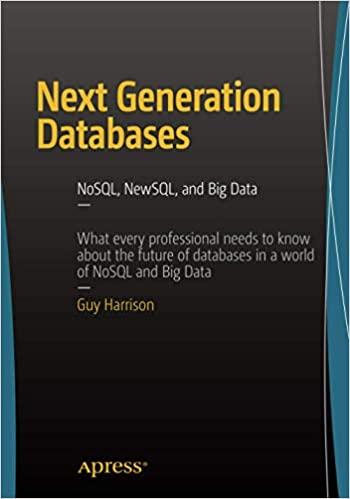Answered step by step
Verified Expert Solution
Question
1 Approved Answer
1 . Count the next 1 0 numbers ( a ) in octal starting from 2 6 7 , ( b ) in base 3
Count the next numbers a in octal starting from b in base starting from c in binary starting from and d in base starting from
Count the next numbers a in octal starting from b in base starting from c in binary starting from and d in base starting from
Convert the following numbers from binary to decimal, assuming unsigned binary representation:
a
b
c
d
e
f
Convert the following numbers from binary to decimal, assuming unsigned binary representation:
a
b
c
d
e
f
Convert the following numbers from decimal to binary, assuming unsigned binary representation:
a
b
c
d
e
f
Convert the following numbers from decimal to binary, assuming unsigned binary representation:
a
b
c
d
e
f
With unsigned binary representation, what is the range of numbers as written in binary and in decimal for the following cells?
a a twobit cell
b a threebit cell
c a fourbit cell
d a fivebit cell
e an nbit cell in general
Step by Step Solution
There are 3 Steps involved in it
Step: 1

Get Instant Access to Expert-Tailored Solutions
See step-by-step solutions with expert insights and AI powered tools for academic success
Step: 2

Step: 3

Ace Your Homework with AI
Get the answers you need in no time with our AI-driven, step-by-step assistance
Get Started


